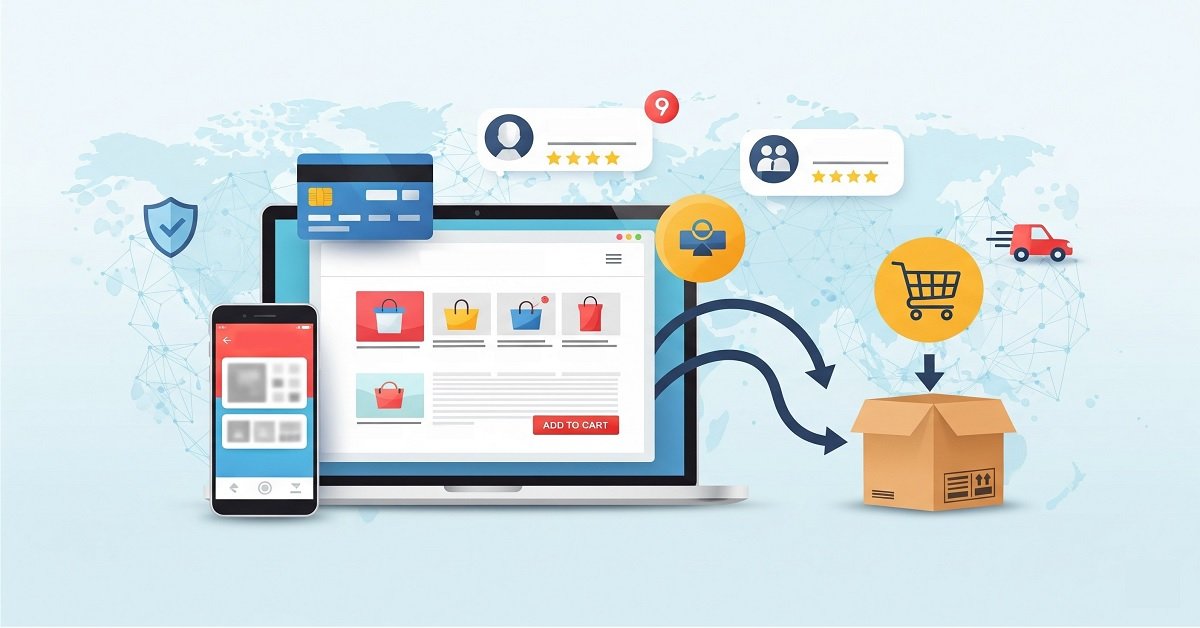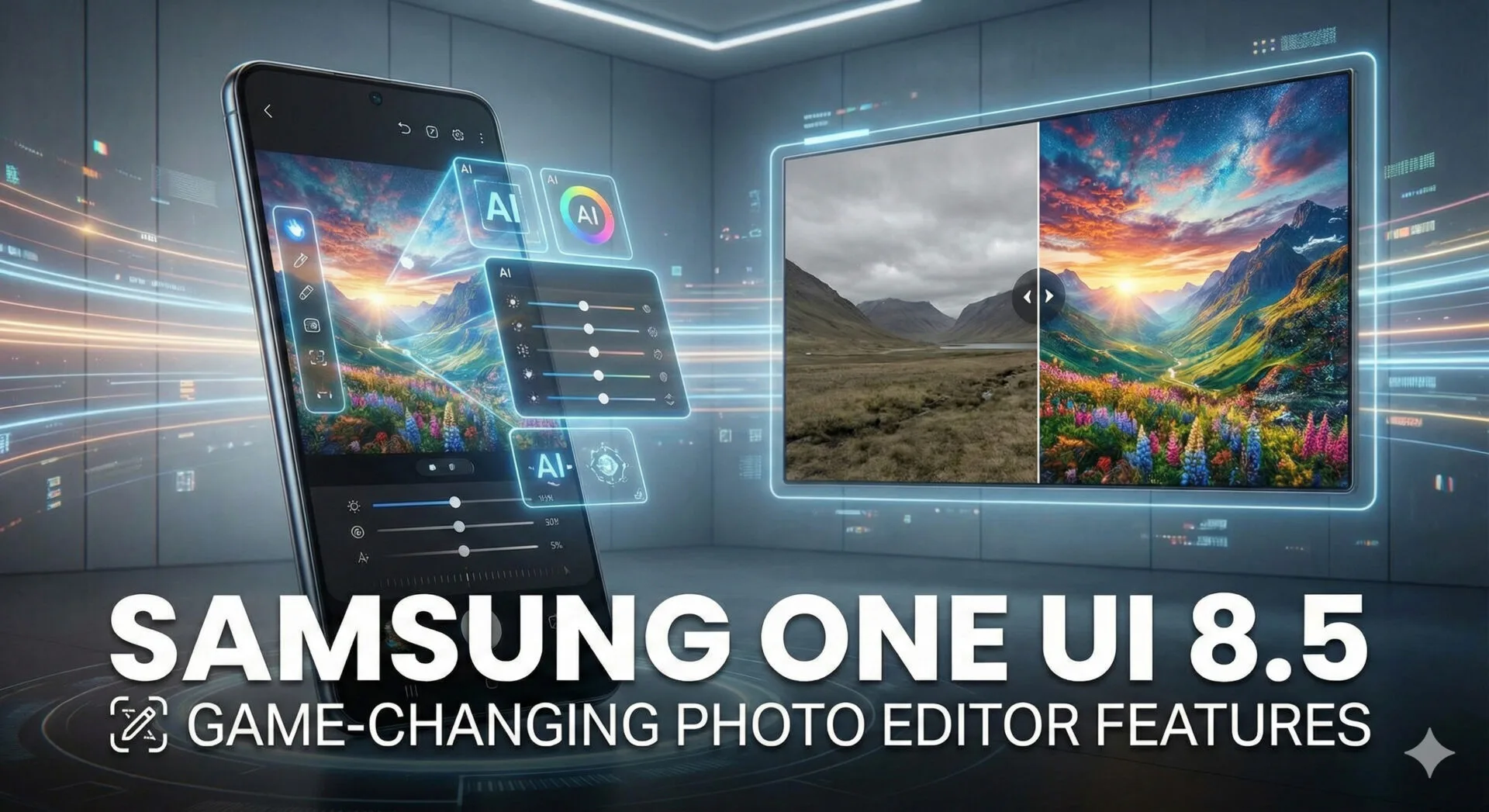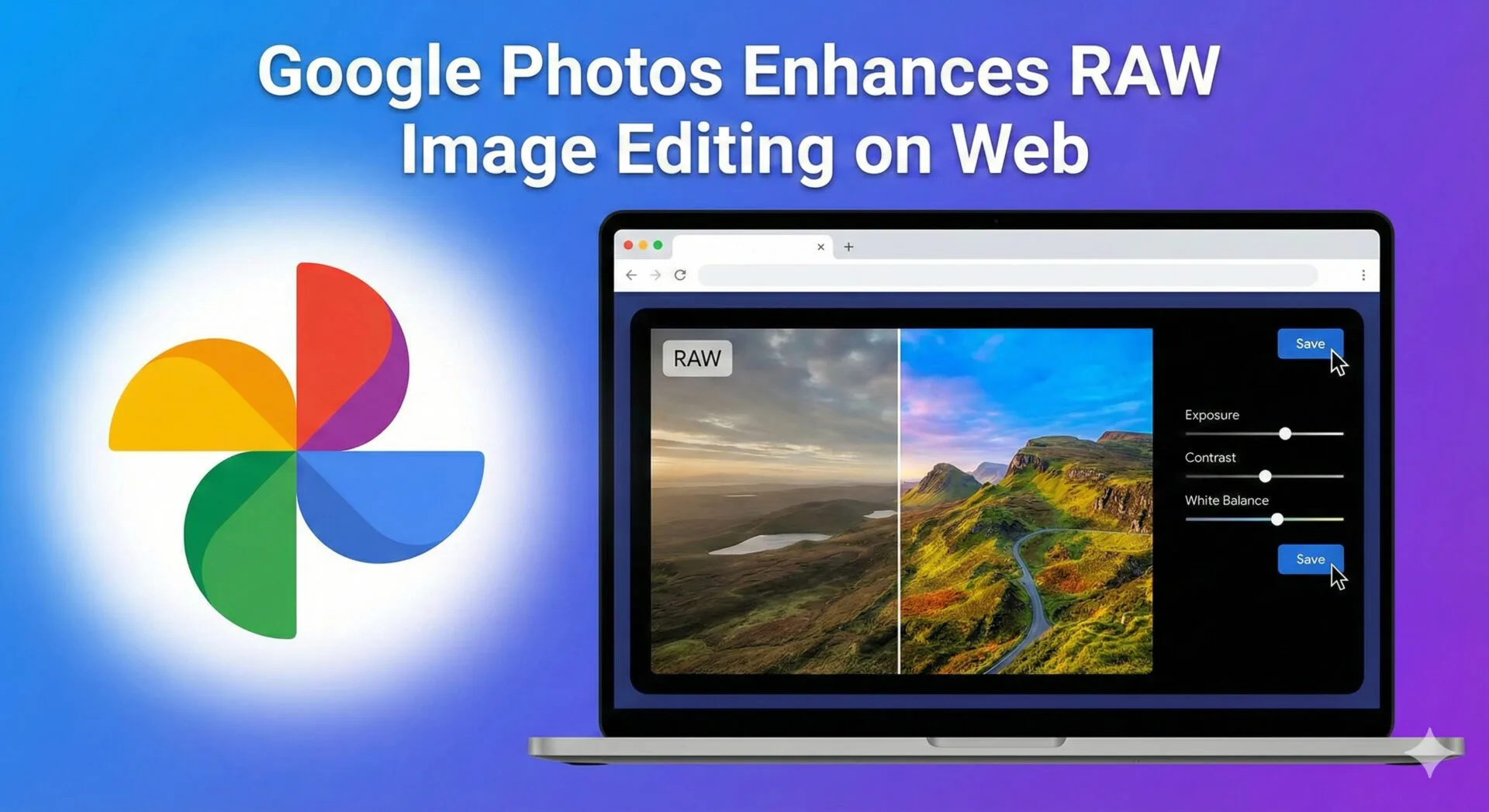If you run an online store, you must be aware of both paid and organic marketing tactics to generate more sales. PPC and SEO.
Today we will focus on SEO, specifically for ecommerce store to generate more leads.
As the name suggests, Ecommerce SEO focuses on areas that general SEO doesn’t. This includes optimizing product pages, category pages, and the the overall website in a way that improves SERP rankings organically in search engines.
Most important factors:
- Keyword research – Finding the words and phrases that your potential customers are searching for.
- On-page optimization – Optimizing website titles, descriptions, images and overall readability.
- Technical SEO – This includes improving core web vitals, mobile-friendliness, and other technical aspects.
- Content marketing – Using blogs, videos, or infographics to attract more visitors.
- Link building – Creating an organic backlink profile to establish trust.
Ecommerce SEO can bring a lot of targeted traffic to your store if you do it right. There are many buyers in the market; you just need to bring them to your store.
Let’s discuss these topics in more detail.
1. Keyword Research for Products & Categories
Every single SEO campaign starts with Keyword research. Good keyword research has the power to boost SERP rankings beyond your imagination. The goal here is to tailor your store to match the intent of what people are searching for.
Instead of targeting generic keywords like “gold watches,” aim for specific keywords such as “buy gold watches for men” or “premium gold watches under $100.” This way, you are telling search engines that you are selling this specific product.
Targeting long-tail keywords is another great way to generate more leads. These keywords are longer, more specific search terms like “Automatic Rose gold watches for men under $500.” These keywords have a lower difficulty rate compared to the generic ones. They also answer the specific search intent so higher chances of conversion.
You can use Google Keyword Planner, SEMrush, or Ahrefs for keyword research.
Some important metrics are keyword search volume, keyword difficulty, Top ranking results, and most importantly, keyword relevancy.
Once you have your keyword list, you can move ahead with optimizing product pages, category pages, and blog content.
Also Read:- 5 Tips To Optimize Your Shopify Store for Conversions
2. Product Page Optimization
A good product page can make or break the deal. Once you bring people to the site, a good page will help you convert those leads into customers.
Here’s how:
- Write relevant and unique product descriptions – Avoid copying from someone else. Write in a way that looks uniform to your store but changes with each page. Include your target keywords.
- Optimize titles and meta descriptions – Include your main keyword naturally in both title and meta descriptions. The ideal length for a title is 50-60 characters, while for a meta description it is 140-160 characters.
- Use high-quality images – This is no secret that for online stores, images are the product. As customers can’t touch the product, their buying decision will be based on the images. High-quality and clear images inspire visitors. Use alt-text and compress it.
- Add structured data (schema markup) – Structured data helps Google to display extra details like price, stock availability, and star ratings in search results. This makes your listing more appealing.
3. Category & Collection Page SEO
In most cases, category and collection pages receive more traffic than individual product pages as they target broader search terms.
You can also think of these pages as mini homepages for each product type.
Instead of just showing a list of products, add:
- A short introductory paragraph with your main keyword.
- Optimized meta titles and descriptions for the category.
- Internal links to relevant products and subcategories.
This way you can target more people to your site while also guiding shoppers deeper into your store.
4. Technical SEO
It doesn’t matter how great your product is, if your website takes forever to load. In this fast world, nobody likes to wait.
Your site should be quick and mobile-friendly.
Here’s how you can achieve that:
- Fast loading speed – Use tools like Google PageSpeed Insights to identify issues in your pages. For better loading speed, compress images, use caching, and remove unnecessary scripts.
- Use EV SSL Certificate – If you want to establish your brand as a premium one, use extended validation SSL. This certificate shows your brand name and registration location in the certificate. Sites with this certificate signals higher trust.
- Clean URL structure – Use short, descriptive URLs like /rose-gold-watches instead of /product?id=46548. Use keywords as slugs.
- Canonical tags – Ecommerce sites have a lot of duplicate pages. Use <link rel=”canonical” to tell search engines which is the main page.
- Mobile–friendly Test – Use SmallSEOTools to optimize your site for mobile. Remember, most people use their mobile phones for online shopping.
- Improve Core Web Vitals – SemRush will help you find the errors and give suggestions to fix them.
5. Site Architecture & Navigation
Without a well-structured site, both visitors and search engines have hard time finding what they are looking for.
To improve site navigation:
- Keep it simple and logical.
- Avoid deep nesting. Most products should be accessible within three clicks from the homepage.
- Use breadcrumb navigation so visitors know where they are and can move easily between pages.
A clear site structure also spreads SEO value across your pages.
6. Content Marketing
You can attract more new visitors with a good content marketing campaign. This is a tool to target a larger audience base, people who are researching the product. You give them what they are looking for, and you earn their trust.
Here are some ideas:
- Buying Guides – “How to Choose the Right Gold Watch for You.”
- Product comparisons – “Top 10 Gold Watches for Every Occasion”
- FAQs – Answer common questions about shipping, returns, sizing, and product use.
Seasonal or trend-based content can also drive traffic during peak shopping times, like holiday gift guides.
7. Link Building & Digital PR
Links from other websites are votes of confidence in your store’s credibility. At least Google sees it that way. More quality links to your site send a message to search engines that you are a trusted entity.
Effective strategies include:
- Partnering with bloggers and influencers for reviews.
- Submitting your store to niche directories.
- Creating resources like industry reports or product trend guides that inspire people to share with others.
Remember, your focus should be earning links naturally through value and relationships, not buying them.
Also Read:- 7 Digital Marketing Tips and Tricks for Small Business
8. User Experience (UX) & Conversion Optimization
Generating traffic is just a tip of the iceberg, you also need to make sure that visitors are also buying the product.
- Highlight CTAs like “Add to Cart” and “Buy Now” buttons.
- Make the checkout process simple and quick. To achieve that, minimize the number of steps before payment and allow guest checkout.
- Add trust signals by product reviews, ratings, and security badges. This reassures customers that it’s safe to buy from you.
A smooth shopping experience encourages repeat customers and spreads positive word-of-mouth of your store.
9. Ongoing Maintenance
Ecommerce SEO is not a one-time task. Search trends, algorithms, and customer behaviors change regularly. If you want to stay relevant you need to adapt to it.
- Always keep your site updated with product availability.
- Monitor site performance in Google Search Console to see what’s working and fix any issues.
- Optimize seasonal or trending products ahead of time to catch demand early.
Always stay ahead of your competitors by keeping your site fresh and relevant.
Conclusion
Ecommerce SEO is one of the most cost-effective ways to generate organic leads for your online store. Instead of paying for every click, you can build long-term visibility for your brand, which keeps bringing customers.
Don’t forget – small improvements across many areas will lead to big results. You might not get the results in a week, but if you stay consistent, you will create something valuable that lasts.







Leave a Reply